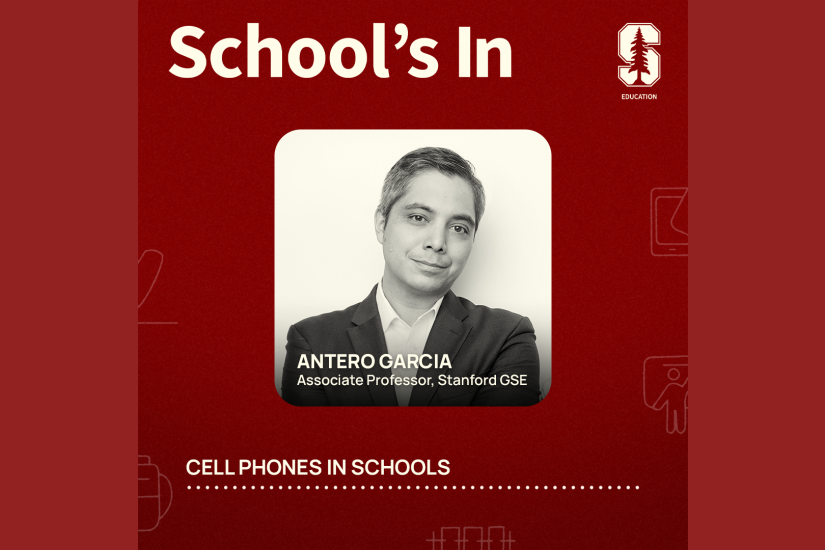
Homelessness and learning
Housing insecurity can take unexpected forms, making it difficult for teachers to spot and support students facing homelessness.
“It’s not necessarily living under a bridge or being in a shelter,” says Naomi Ondrasek, a policy advisor and senior researcher at the Learning Policy Institute (LPI). Federal law defines homelessness as lacking “a fixed, regular, and adequate nighttime residence,” and the majority of homeless students in California are doubled up in households or finding other temporary living arrangements – scenarios that still have serious consequences for their ability to learn.
“Whether you’re living in a motel or you’re couch-surfing with a family friend,” Ondrasek says, “the experience of homelessness can have really severe implications for students.”
On this episode of School’s In, Ondrasek and Dion Burns, a fellow researcher at LPI, join Stanford Graduate School of Education Dean Dan Schwartz and Senior Lecturer Denise Pope to talk about the challenges of identifying homeless students, the impact housing instability has on school achievement, and what districts and teachers can do to support students in unstable living situations.
Burns and Ondrasek co-authored a 2021 report on homelessness among students in California, showing that student poverty and homelessness has been rising steadily in recent years. One in every 23 students in the state, they found, was identified as experiencing homelessness. And “a large number of students who experience homelessness go unidentified, so that number really reflects an undercount,” says Burns.
The federal McKinney-Vento Act requires every school district to appoint a homeless education liaison to identify homeless students and provide them with services needed for their schooling. These liaisons often fall short of fulfilling their role, say Burns and Ondrasek, but some schools are finding ways to build more capacity in this area.
“It requires some really thoughtful design of infrastructure … to make sure these kids get identified,” Ondrasek said, “and that they get connected to services and supports.”
You can listen to School's In on SiriusXM, Apple Podcasts, Google Podcasts, Spotify, Stitcher and Soundcloud.



